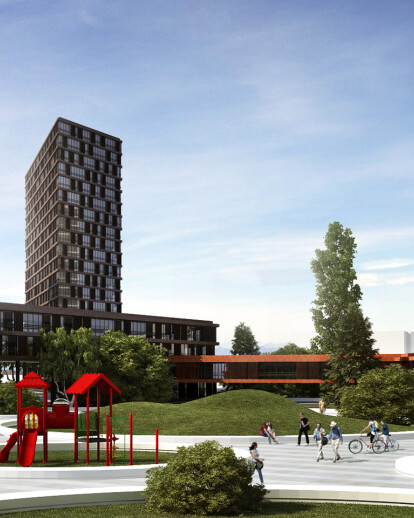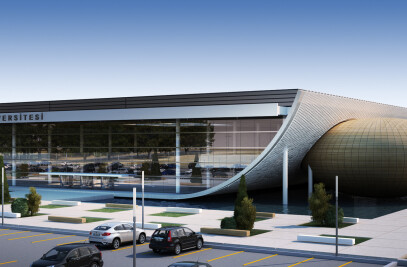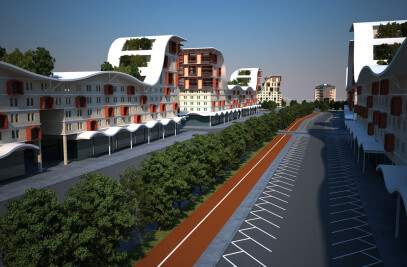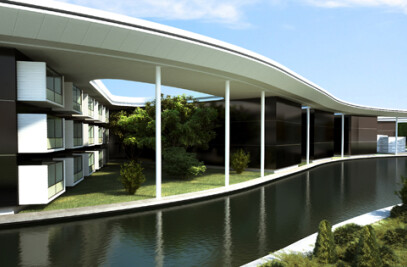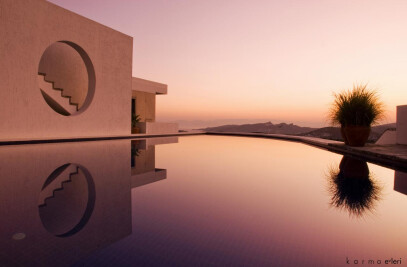The former industrial area is stuck almost at the centre of the city because of the rapid development of built environment, particularly housing blocks. It is a collapsed urban land, despite its value as a crossroad of intercity railway and highway axes. It is of importance to regain that plot physically, economically and socially considering future projections about the city. There is rapid change around the plot, and the central station of high-speed train is planned to be built nearby.
We were asked to develop an approach to revitalize the area by means of the transformation of built environment, and consequently, an improvement in socio-economic structure. The building stock is constituted by only warehouses, workshops small shops, most of which are broken-down, if not left already.
We worked with city and urban planners. They made an extensive survey about the landlords, current users, and areas of each building, values, and future projections of the administrative bodies about the site. The main concern of all parties was to develop a feasible, rational, fair and user-friendly model for the transformation of the area and the share of the surplus as the result of socio-economic improvement.
The total area is 468.018 sqm., 351.000 sqm of which, after having left the necessary amount for roads, landscape and public right, will be subjected to new constructions. The total amount of the construction on the site will be 702.000 sqm., 450.000 sqm of which will be reserved for housing, and 250.000 sqm of which will be reserved for commercial activities.
When we were asked to develop a proposal with respect to the data and requirements, our very first concern was to put forward our design philosophy:
Urban transformation should pay back what it takes from the city and people. Such an intervention needs to look for the potentials of accommodating all the diversity and richness of the city. It should transform the area into a generator, a life spark for the development of the rest of the city. The project should improve the existing pattern’s burdens and capacity into not only planned but also flexible and liveable environment.
We tried to realize that philosophy by means of high-rises receded to the boundary of the site to leave more space for low-rises and landscape. As matter of fact, the indigenous urban layout as the result of the cumulative knowledge, experience, and sensitivities has a particular architectural quality. Instead of copying that pattern, we wanted to develop a similar but designed layout in order to make people feel at home. It might be considered as a homage to the thousand-year life experience as well.
Two towers considered as landmarks for the city defining the two ends of them main axis. They were supposed to host mainly the commercial activities. The low-rise housing units structuring the site created a series of plazas which would be characterized with cafes, patisseries, small shops, etc.
The city of Konya was the cultural and administrative centre of Anatolian Seljukid Sultanate period. One of the main cultural characteristics of that civilization was their advancement in abstract-geometric ornamentation. The geometric accuracy and aesthetics quality they had achieved are much more than a decoration issue. We examined their geometric compositions to reach a complex structural organization for the towers mentioned above, instead of mere symbolic “connotations”.
The project is still on the table of the administrative bodies for further evaluation.
